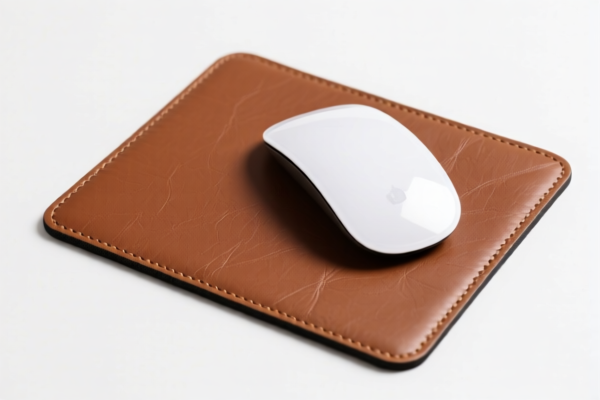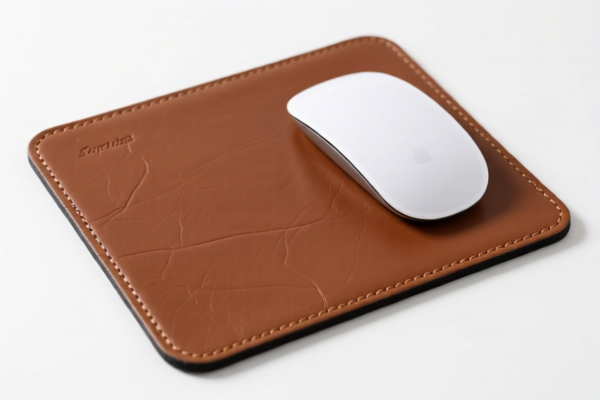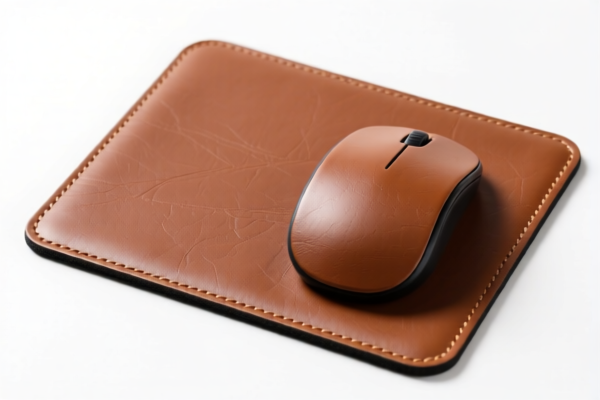| HS Code | Official Doc | Tariff Rate | Origin | Destination | Effective Date |
|---|---|---|---|---|---|
| 3926909910 | Doc | 42.8% | CN | US | 2025-05-12 |
| 3926909989 | Doc | 42.8% | CN | US | 2025-05-12 |
| 4005910000 | Doc | 55.0% | CN | US | 2025-05-12 |
| 4005990000 | Doc | 55.0% | CN | US | 2025-05-12 |
| 4823908000 | Doc | 55.0% | CN | US | 2025-05-12 |
| 4823906000 | Doc | 55.0% | CN | US | 2025-05-12 |




Rubber Mouse Pad
A rubber mouse pad is a surface used to enhance the precision and usability of a computer mouse. It functions as an interface between the mouse and the desk surface, providing consistent tracking and reducing wear on both the mouse feet and the desk.
Material
The primary component of a rubber mouse pad is, as the name suggests, rubber. However, the specific type of rubber and additional materials vary significantly:
- Natural Rubber: Offers good grip and flexibility. Often used in higher-end pads for enhanced control.
- Synthetic Rubber (e.g., SBR - Styrene-Butadiene Rubber): More affordable and durable than natural rubber, common in standard mouse pads.
- Cloth Surface: Many rubber mouse pads feature a cloth layer bonded to the rubber base. This provides a smoother tracking surface and is favored by gamers and graphic designers. Common cloth materials include polyester, nylon, or a blend of both.
- Base Materials: While rubber is the core, some pads incorporate additional layers for improved stability, such as closed-cell foam or non-slip materials.
Purpose
The core purposes of a rubber mouse pad are:
- Improved Tracking: Provides a consistent surface for the mouse sensor, leading to more accurate cursor movement.
- Reduced Friction: Allows the mouse to glide smoothly, minimizing effort and fatigue.
- Desk Protection: Protects the desk surface from scratches and wear caused by the mouse.
- Comfort: Offers a more comfortable surface for mouse operation, particularly for extended periods.
Function
The function of a rubber mouse pad relies on the interaction between the mouse sensor and the pad's surface.
- Optical Mouse Pads: Designed for optical mice, these pads typically have a textured surface to help the mouse sensor accurately detect movement.
- Laser Mouse Pads: Optimized for laser mice, these pads often have a different surface texture to better reflect the laser light. Some laser mice function effectively on most surfaces, diminishing the necessity of a dedicated pad.
Usage Scenarios
Rubber mouse pads are used in a wide range of settings:
- General Computing: Everyday use with computers for tasks like browsing, document editing, and email.
- Gaming: Crucial for gamers, providing precise control and consistent tracking for fast-paced games.
- Graphic Design & Video Editing: Essential for professionals who require accurate cursor control for detailed work.
- Office Environments: Provide a comfortable and reliable surface for mouse operation in office settings.
Common Types
- Standard Mouse Pads: Basic rubber pads with a cloth surface, suitable for general computing.
- Gaming Mouse Pads: Larger pads with optimized surfaces for precise tracking and control. Often feature additional features like stitched edges and non-slip bases.
- Extended Mouse Pads (Desk Mats): Cover a large portion of the desk surface, providing ample space for mouse movement and keyboard placement.
- Wrist Rest Mouse Pads: Incorporate a gel or memory foam wrist rest for added comfort and support.
- LED Mouse Pads: Feature built-in LED lighting for aesthetic purposes.
- Hard Mouse Pads: Feature a smooth, hard surface, typically made of plastic or aluminum. Preferred by some gamers for faster glide.
Rubber mouse pads fall under the category of compounded rubber products. Here's a breakdown of relevant HS codes based on the provided information:
- 4005910000: Compounded rubber, unvulcanized, in primary forms or in plates, sheets or strip. This HS code covers unvulcanized compounded rubber in the form of plates, sheets, or strips. A rubber mouse pad, if supplied as a flat sheet of unvulcanized rubber, would potentially fall under this code. The tax rate is 0.0% base tariff, 25.0% additional tariff, totaling 55.0%.
- 4005990000: Compounded rubber, unvulized, in primary forms or in plates, sheets or strip: Other. This is a broader category for compounded rubber not specifically covered by 4005910000. If the mouse pad is in a form other than plates, sheets, or strips, or if it's vulcanized, this code may be applicable. The tax rate is 0.0% base tariff, 25.0% additional tariff, totaling 55.0%.
It's important to note that the final classification depends on whether the rubber is vulcanized and the specific form of the mouse pad.
Regarding HS codes 4005910000 and 4005990000, please note the need to verify the vulcanization status of the rubber material.
Customer Reviews
No reviews yet.